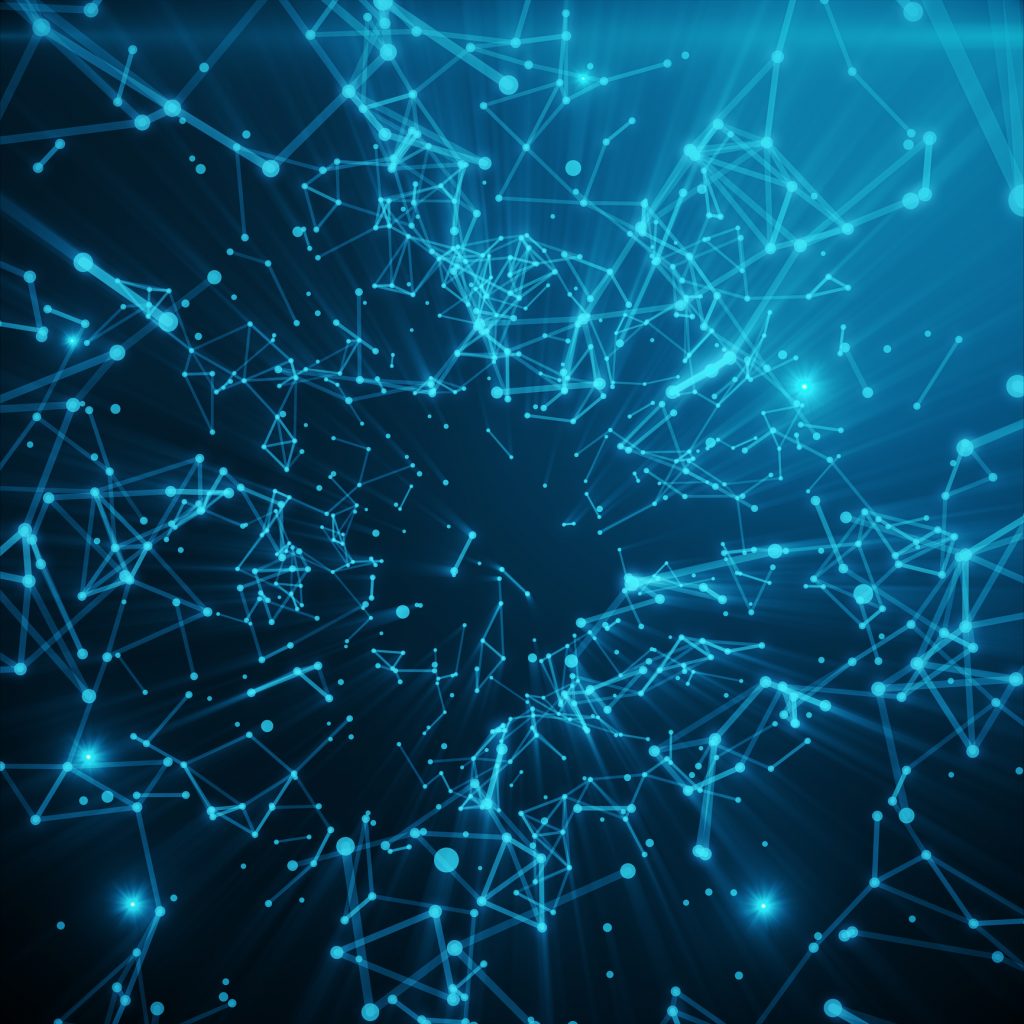Player Piano 2.0
[embed width="600"]https://www.youtube.com/watch?v=HjW1kIt5iQg[/embed]
What is it? Gil Weinberg, a professor at the Georgia Tech College of Design, built an extraordinary prosthetic limb for a musician who lost his arm below the elbow in an electrocution accident five years ago. The prosthesis allows him to control individual fingers and even play the piano. “It’s completely mind-blowing,” the musician, Jason Barnes, told Georgia Tech. “This new arm allows me to do whatever grip I want, on the fly, without changing modes or pressing a button. I never thought we’d be able to do this.”
Why does it matter? The prosthesis “provides fine motor hand gestures that aren’t possible with current commercially available devices,” the university reported. “If this type of arm can work on music, something as subtle and expressive as playing the piano, this technology can also be used for many other types of fine motor activities such as bathing, grooming and feeding,” Weinberg said. “I also envision able-bodied persons being able to remotely control robotic arms and hands by simply moving their fingers.”
How does it work? Weinberg and his Georgia Tech colleagues attached an ultrasound probe — the same kind doctors use to examine expectant mothers — to the muscles left in his arm after amputation. The probe can distinguish between muscle contractions when Barnes tries to move different fingers. Combined with machine learning, the prosthesis “can detect continuous and simultaneous movements of each finger, as well as how much force he intends to use,” the university reported. “By using this new technology, the arm can detect which fingers an amputee wants to move, even if they don’t have fingers,” Weinberg said.
Robots Flexing Muscles
[embed width="600"]https://www.youtube.com/watch?v=_tKI8BUHFLo[/embed]
What is it? Scientists working at Harvard University’s Wyss Institute and the Massachusetts Institute of Technology’s Computer Science and Artificial Intelligence Laboratory designed origami-inspired “muscles” that allow soft robots to lift as much as 1,000 times their own weight.
Why does it matter? Each muscle is really an actuator, allowing the robot to better control its movement. “Now that we have created actuators with properties similar to natural muscle, we can imagine building almost any robot for almost any task,” said Wyss Institute’s Rob Wood, corresponding author of the paper published in the Proceedings of the National Academy of Sciences.
How does it work? The muscles have an inner skeleton made from metal coils and plastic sheets folded in a special pattern. The skeleton is sealed in a plastic or textile bag filled with air or water. The team can flex the muscles by applying vacuum pressure at certain points of the system.
Fishing Around For Power
[embed width="600"]https://www.youtube.com/watch?v=5tSDPQrgTWM[/embed]
What is it? Researchers at the University of Michigan, the Adolphe Merkle Institute of the University of Fribourg in Switzerland and the University of California in San Diego built a soft, transparent power generator inspired by the electric eel. The University of Michigan reported that the device, made from hydrogel and salt is “the first potentially biocompatible artificial electric organ that generates more than 100 volts” and could be powerful enough to run a pacemaker.
Why does it matter? The technology is still in its early stages, but it could be used one day “for powering implantable or wearable devices without the toxicity, bulk or frequent recharging that come with batteries,” the university reported. “Further down the road, it could even lead to bioelectric systems that could generate electricity from naturally occurring processes inside the body.”
How does it work? Emulating the compartments eels use to generate electricity, the team created two special sheets that produce an electric current when pressed together. "The electric organs in eels are incredibly sophisticated; they're far better at generating power than we are," said Michael Mayer, a professor of biophysics at the Adolphe Merkle Institute. "But the important thing for us was to replicate the basics of what's happening."
DNA Mining
 “Using our method, one needs only a few DNA reads to infer a match to an individual in the database," says Sophie Zaaijer, the lead author of the study. Image credit: Getty Images.
“Using our method, one needs only a few DNA reads to infer a match to an individual in the database," says Sophie Zaaijer, the lead author of the study. Image credit: Getty Images.What is it? Scientists at Columbia University and the New York Genome Center have found a way to “quickly and accurately identify people and cell lines from their DNA.”
Why does matter? The university reported that the technology could help police investigate crimes and also “flag mislabeled or contaminated cell lines in cancer experiments, major reason that studies are later invalidated.”
How does it work? The team developed a special machine learning algorithm and combined it with a portable MinION DNA sequencer the size of a credit card. The combination allows the team to fine-tune results from the MinION with genetic data available online “to validate the identity of people and cells by their DNA with near-perfect accuracy.” The team used data from the public DNA.land database to identify Sophie Zaaijer, the lead author of the study, “within minutes.” Zaaijer compared the approach “to the brain’s ability to make out a bird from a few telling features in an abstract Picasso line-drawing,” according to the university. Said Zaaijer: “Using our method, one needs only a few DNA reads to infer a match to an individual in the database.”
This Watercress Can Give Us The Green Light
[embed width="600"]https://www.youtube.com/watch?v=hp-vqd8zJM4[/embed]
What is it? Engineers at MIT have developed watercress that glows in the dark.
Why does it matter? The team believes that “with further optimization,” such plants could one day illuminate indoor spaces. “The vision is to make a plant that will function as a desk lamp — a lamp that you don’t have to plug in,” said Michael Strano, professor of chemical engineering at MIT and the senior author of the study published in the journal Nano Letters. “The light is ultimately powered by the energy metabolism of the plant itself.”
How does it work? The researchers embedded special nanoparticles in the leaves of the watercress plant and made it “give off dim light for nearly four hours.” But this is just the beginning, Strano says. “Our target is to perform one treatment when the plant is a seedling or a mature plant, and have it last for the lifetime of the plant,” Strano told MIT News. “Our work very seriously opens up the doorway to streetlamps that are nothing but treated trees, and to indirect lighting around homes.”
Top image: Nanobionic light-emitting watercress plants illuminate John Milton's Paradise Lost. The team placed the book and the plants in front of a reflective paper to increase the effect. Image credit: Seon-Yeong Kwak.





